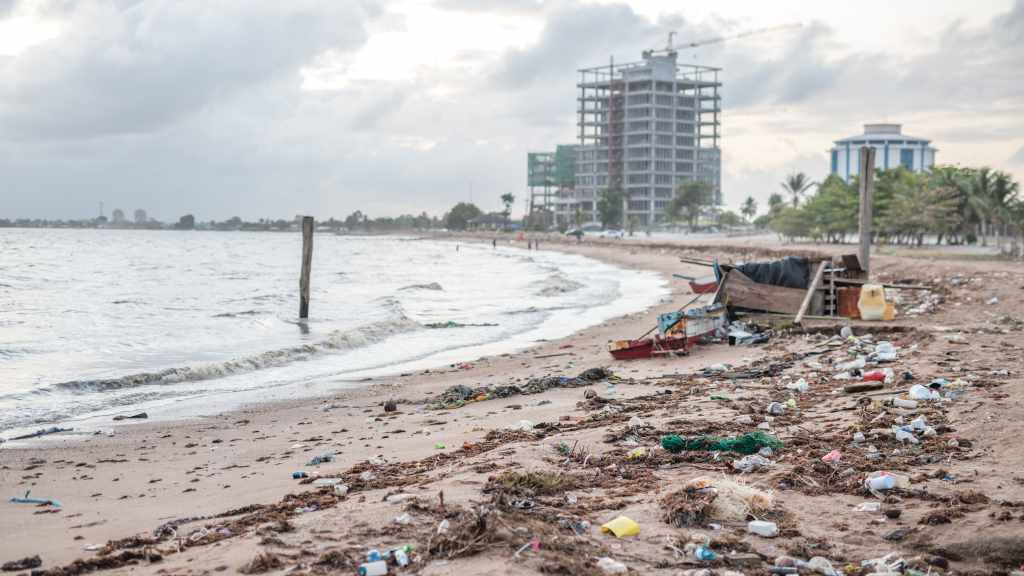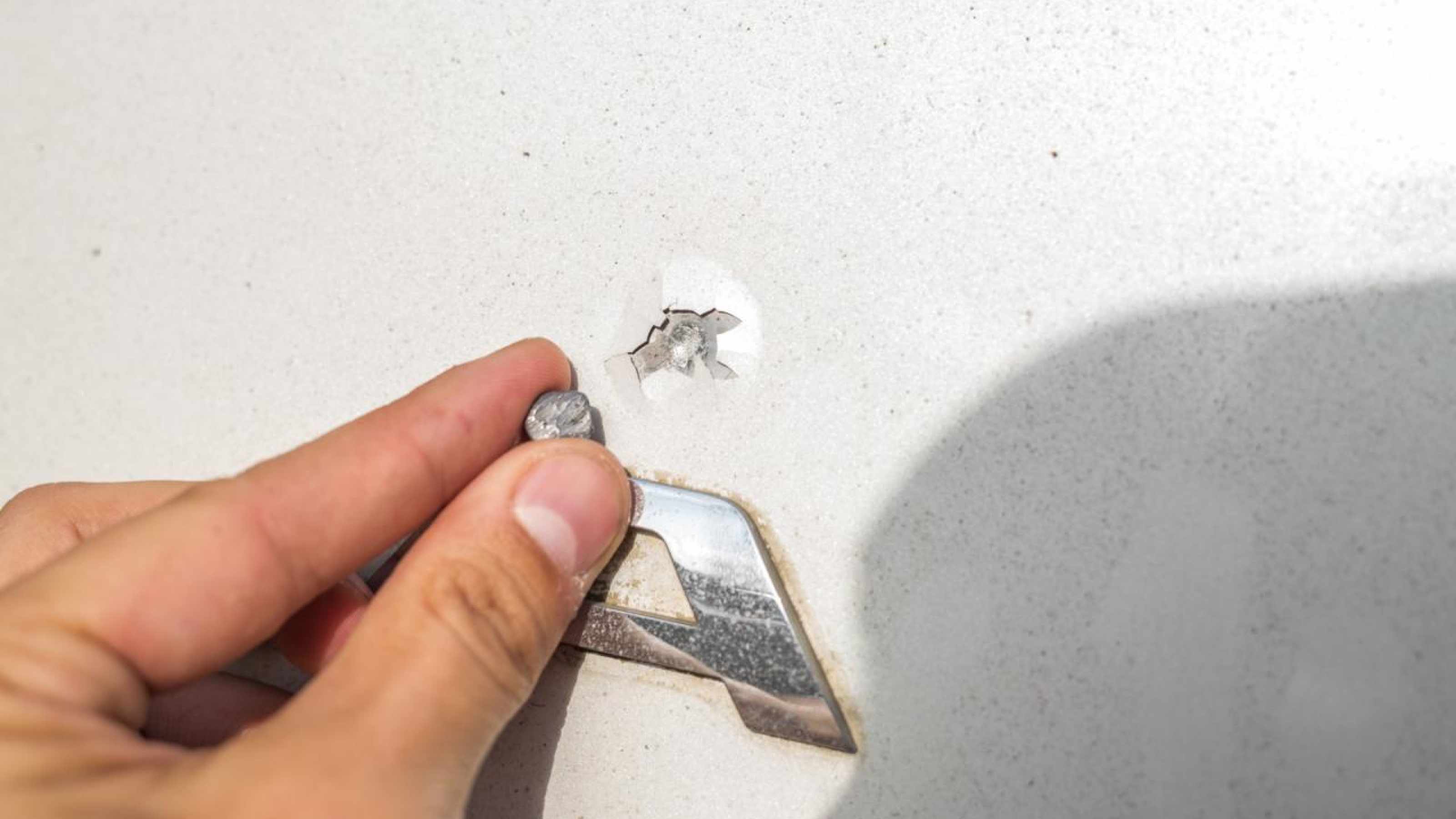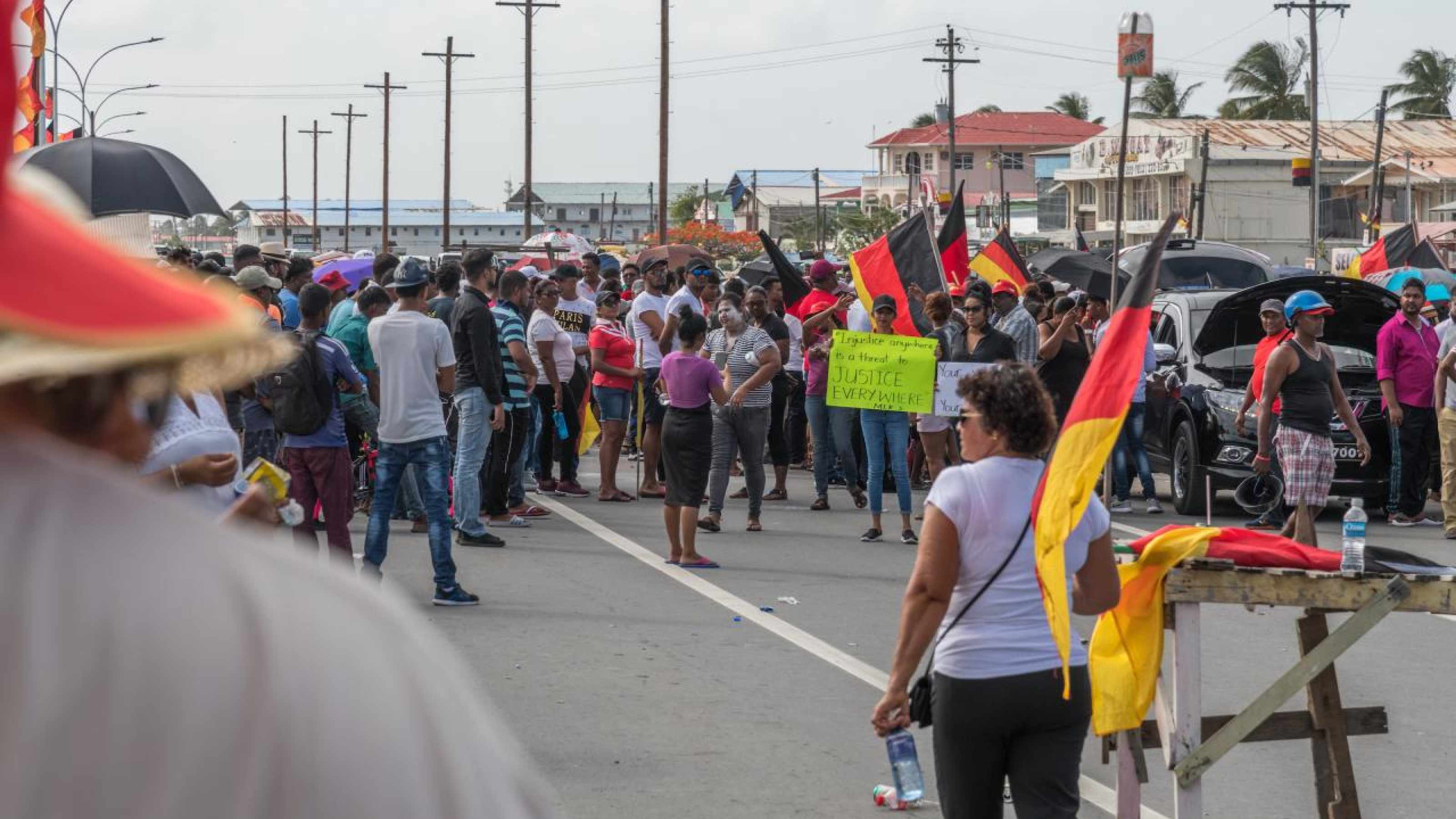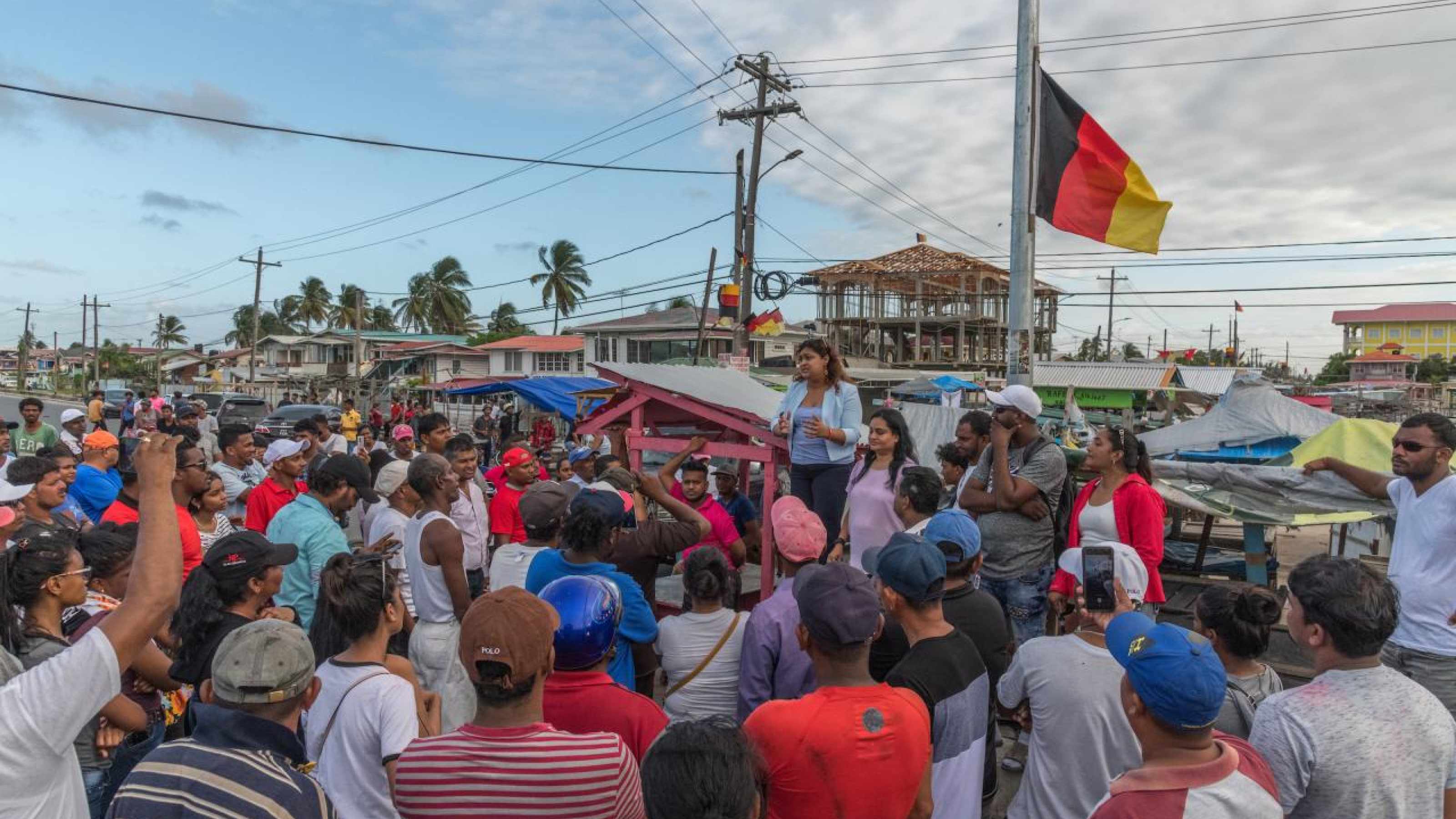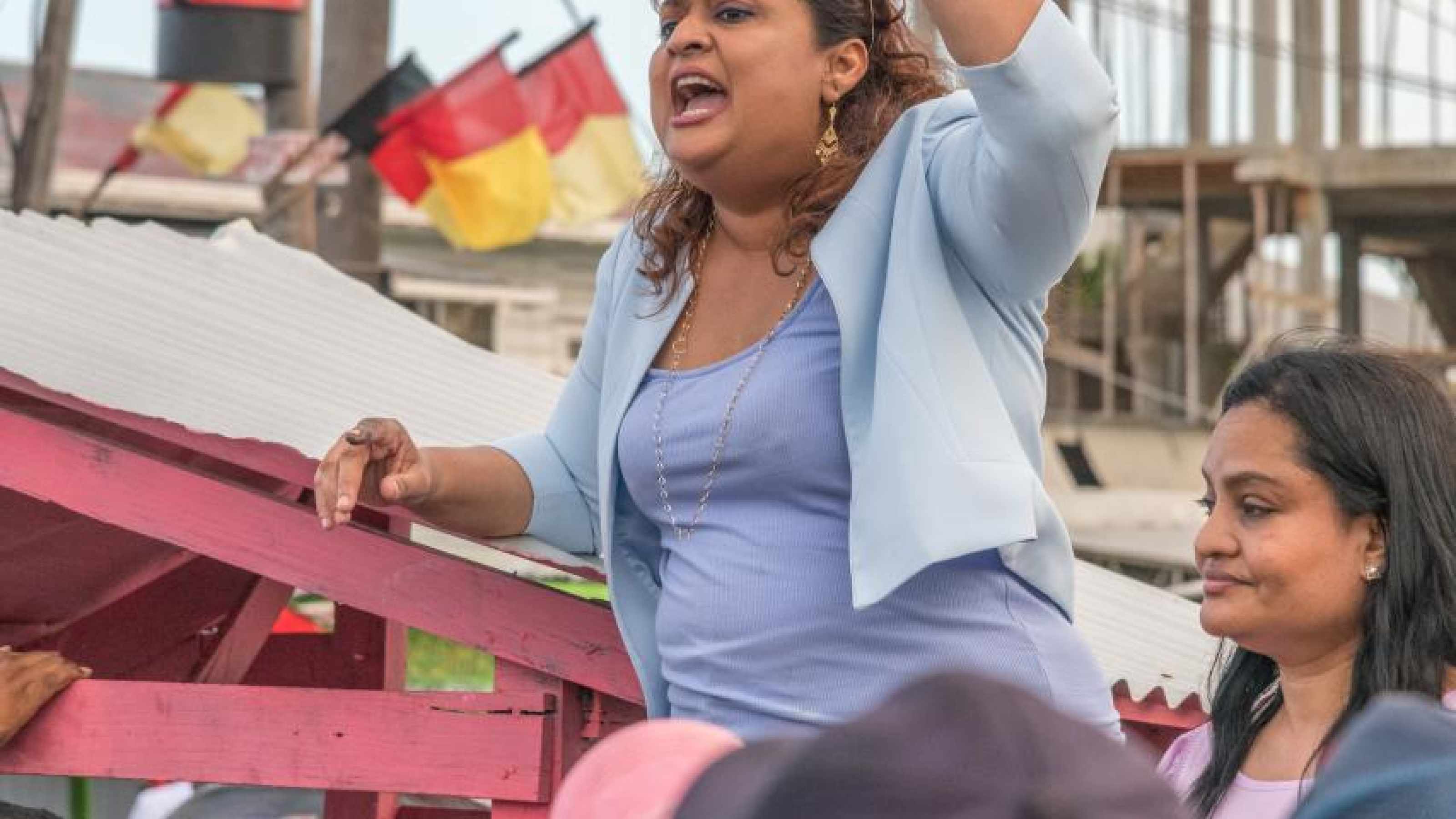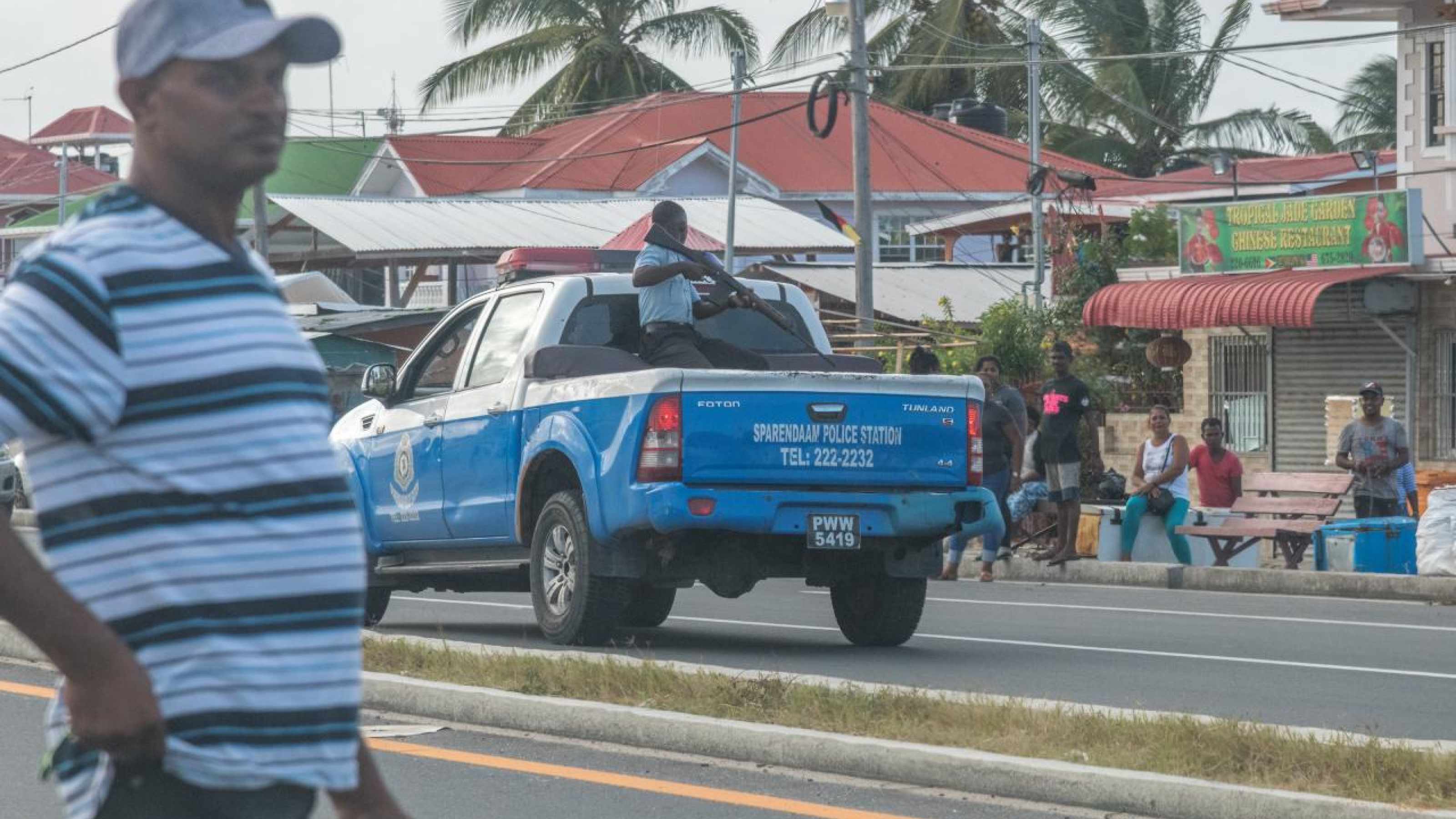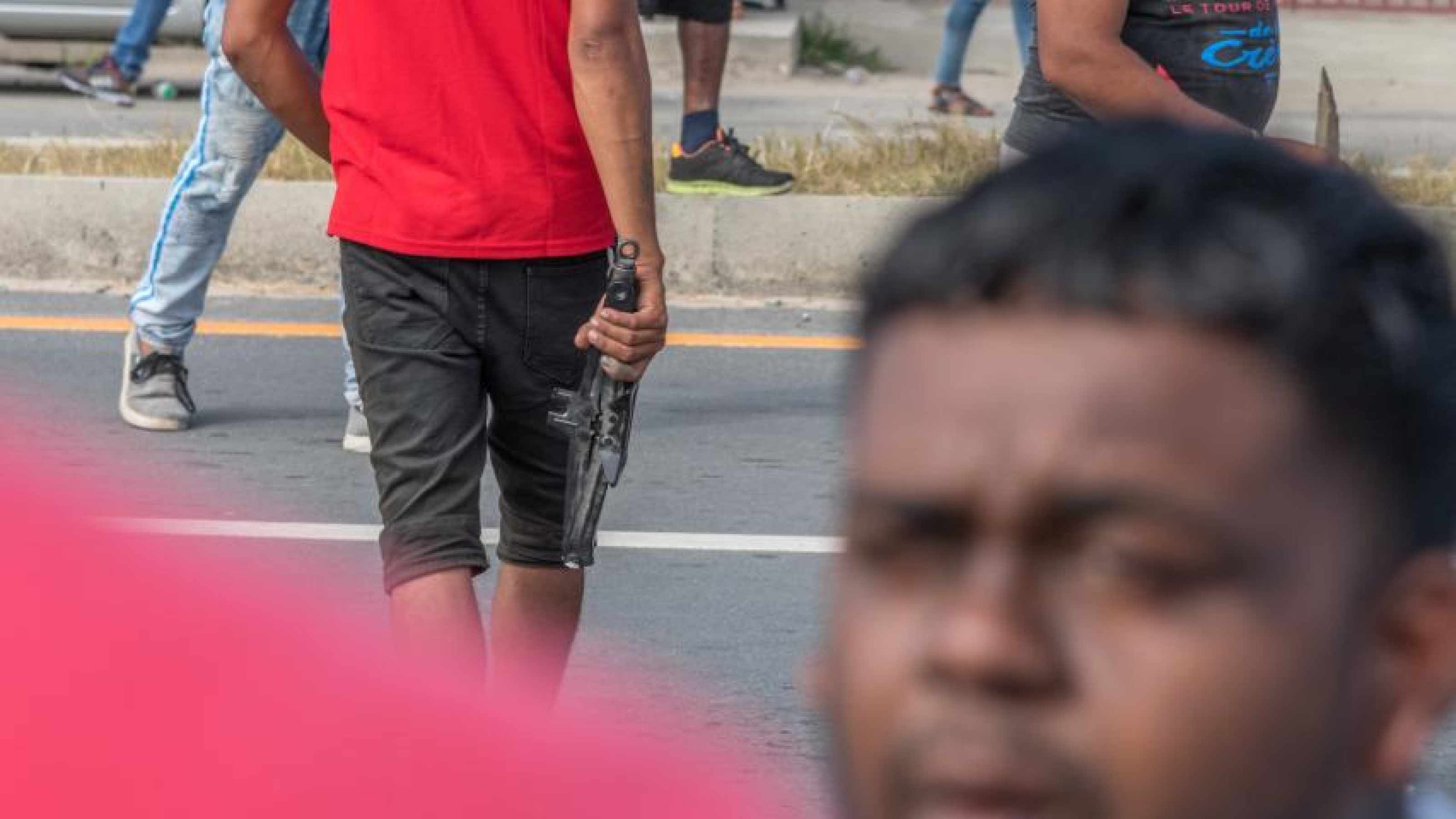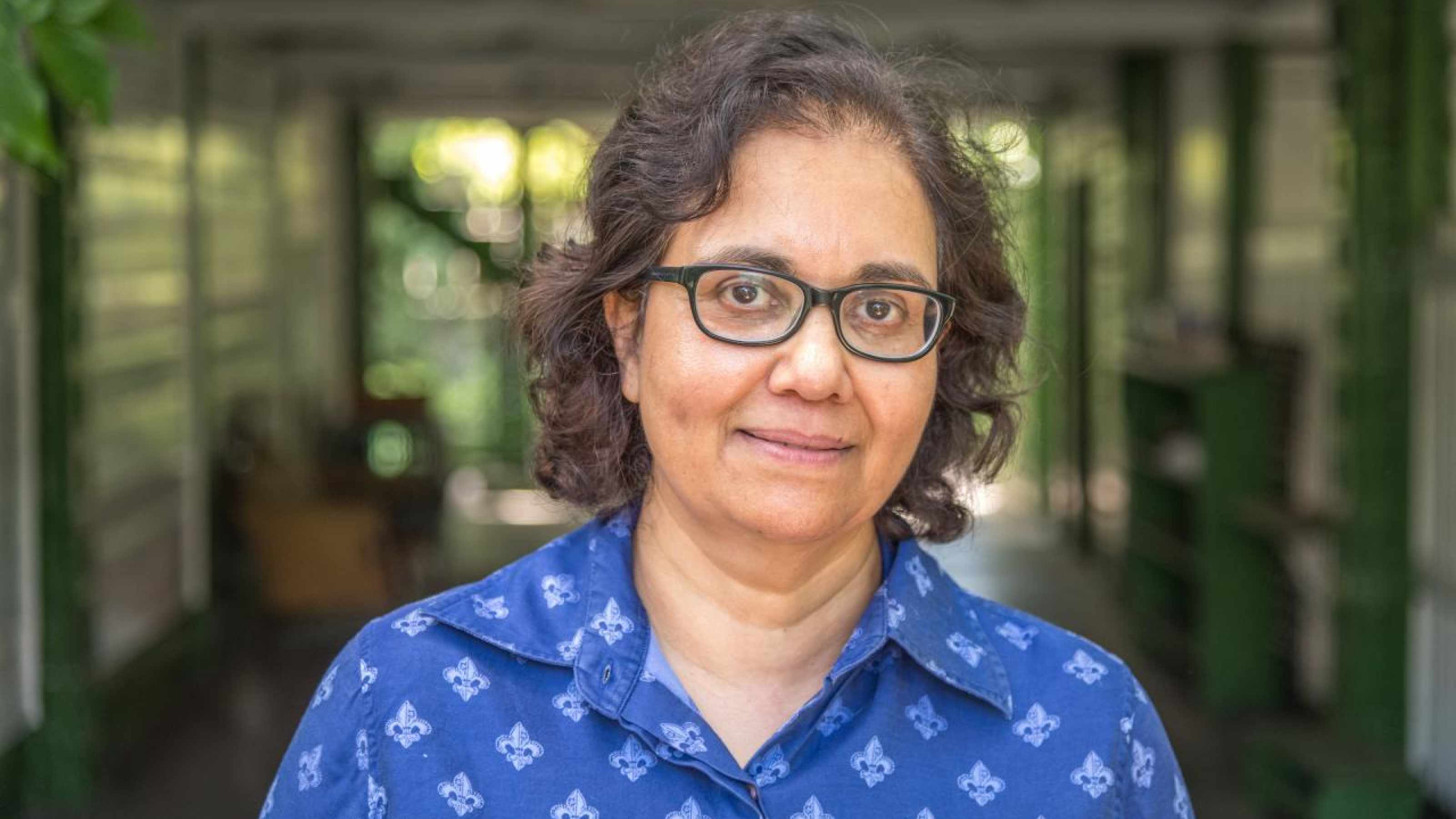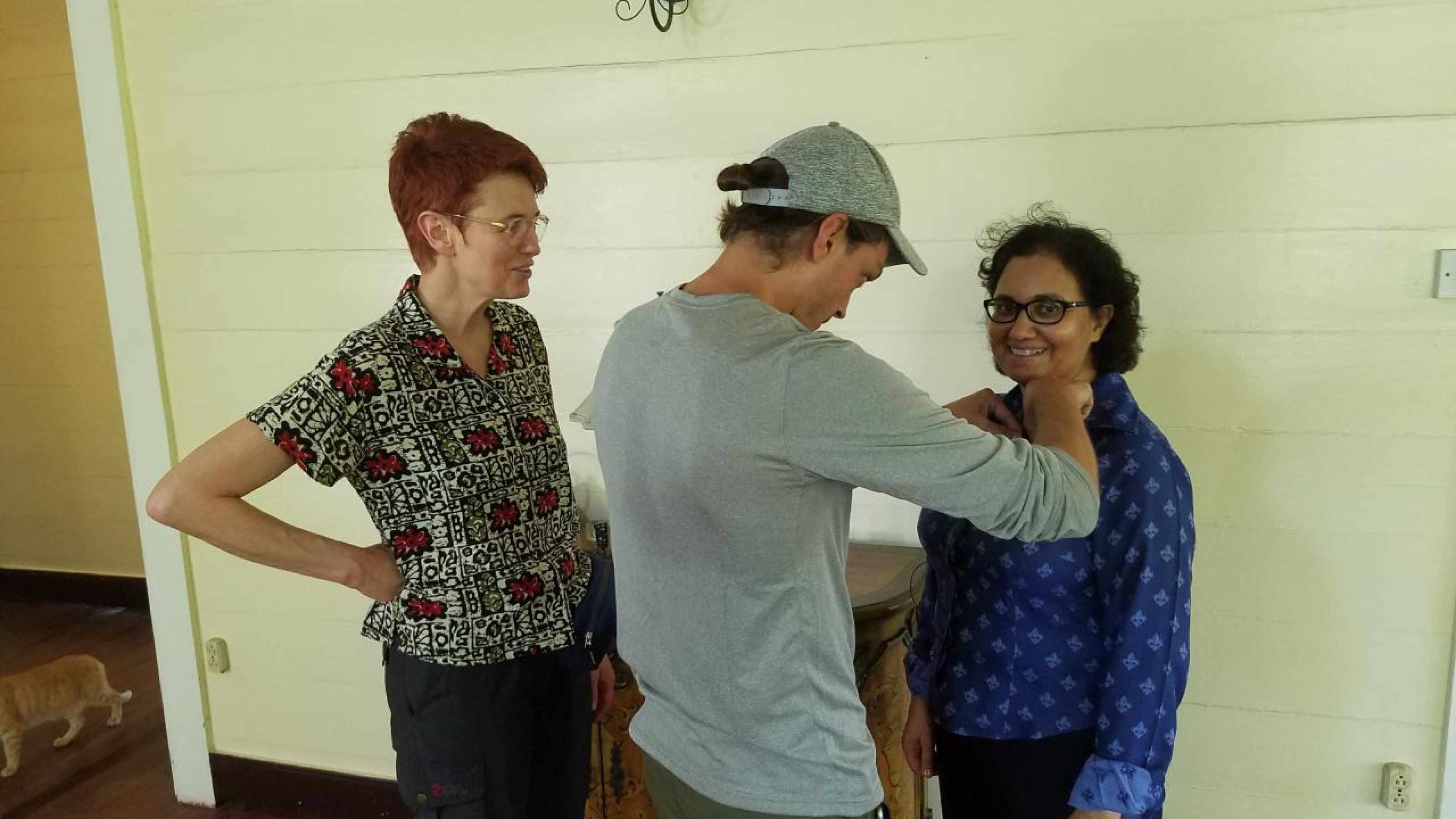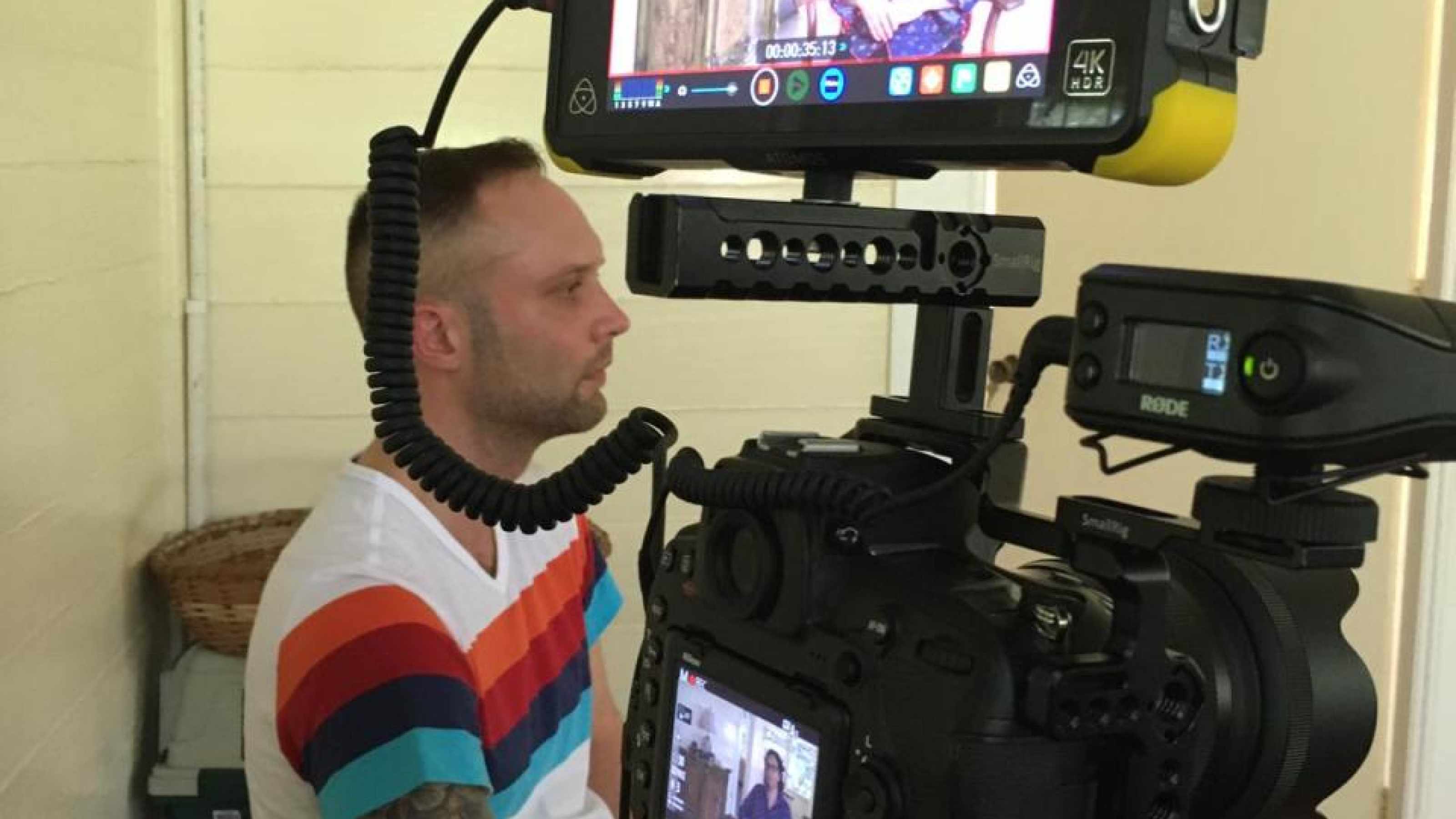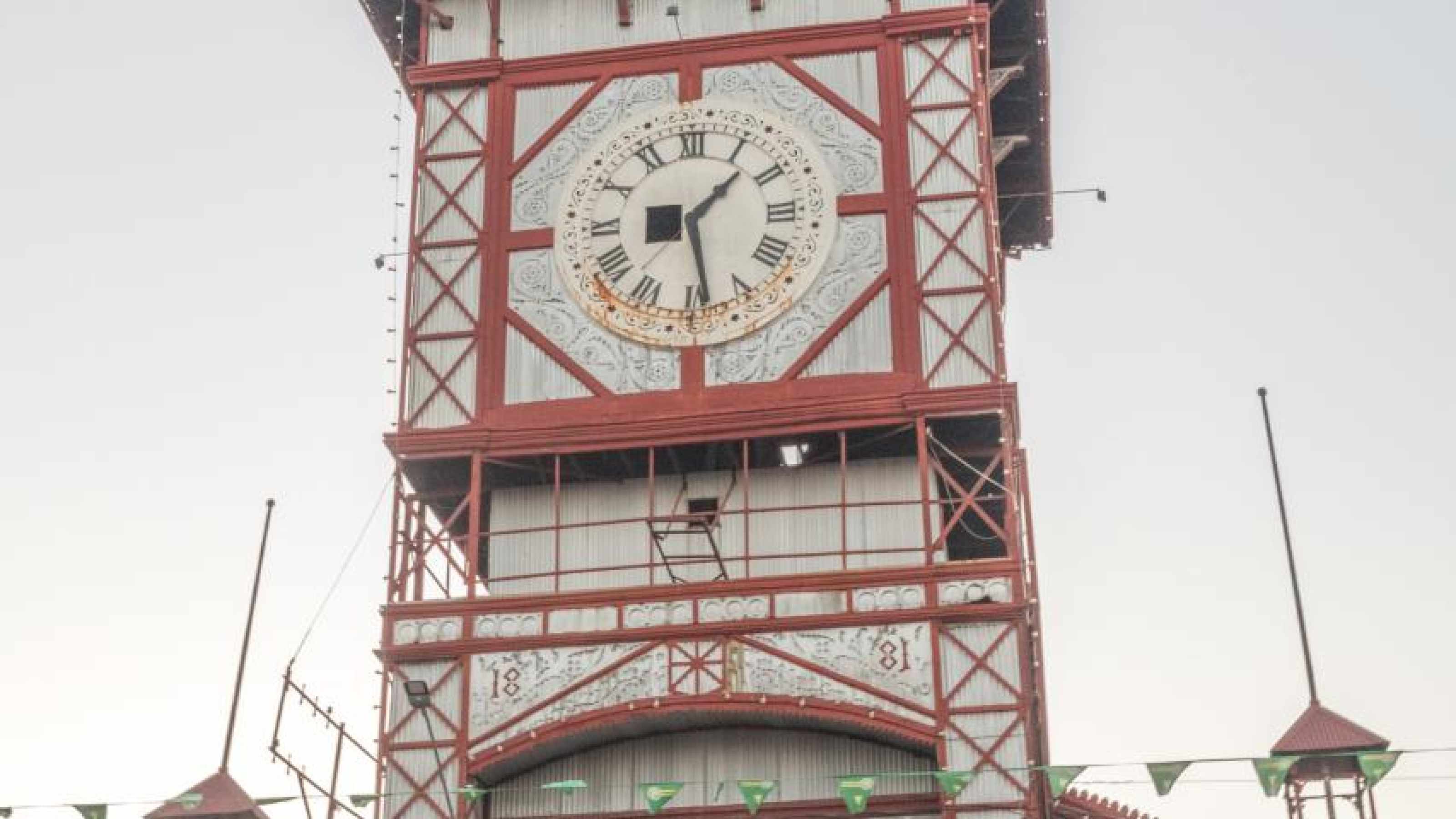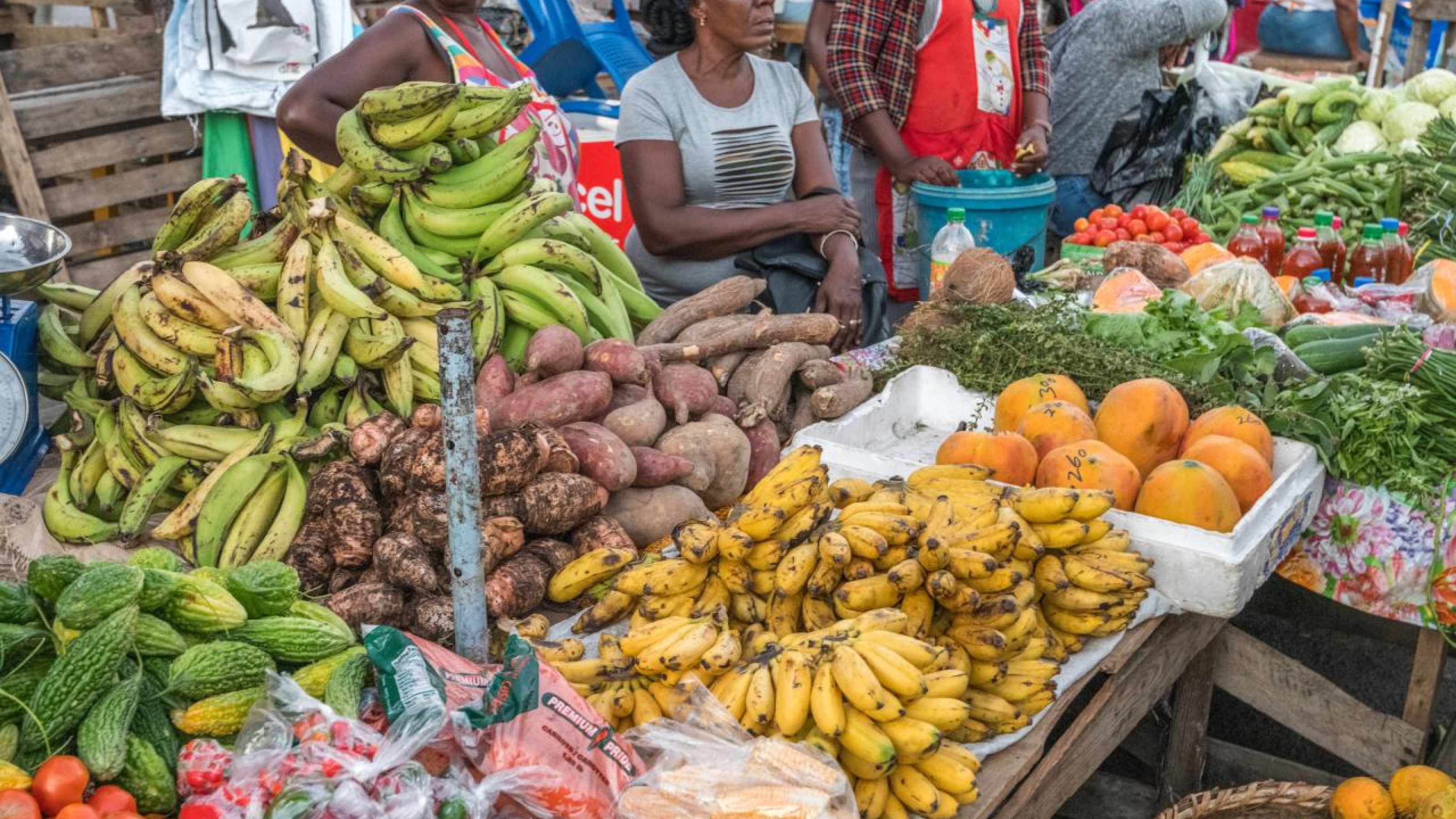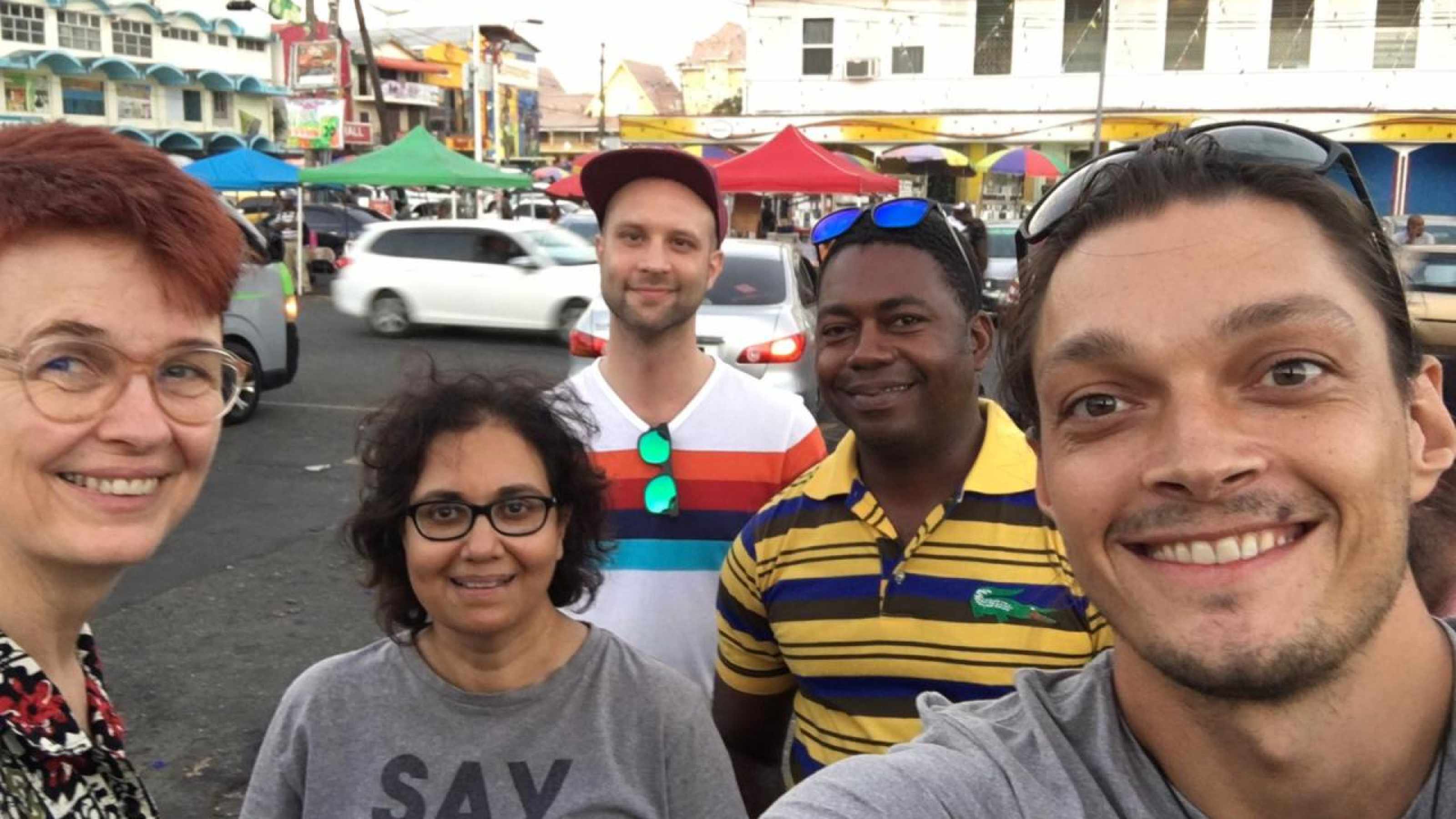Woke up early at 4 a.m. The local newspaper Stabroek-News reports online about the numerous protests against the hush-up of the Region 4 election results. Guyana Chronicle, the newspaper we receive in the hotel, shows photos of the violent protests.
During breakfast, our photographer and filmmaker Tom Vierus, who’s been in the country a day longer, tells us about his and Luke’s experiences in the city centre. A police officer (Riot Police) lost his nerves during the protests and fired a shotgun onto the ground. One could hear the ping-ping of the ricochets and Tom kept one of the pellets as proof. It wasn’t until a day later that we discovered three bullet holes in the back of the rental car. The three of us go through plans for the day and the trip. Melinda reports that our midday interview has fallen through, because Joe Singh, former army chief and presidential adviser, has to go to court in connection with the electoral results.
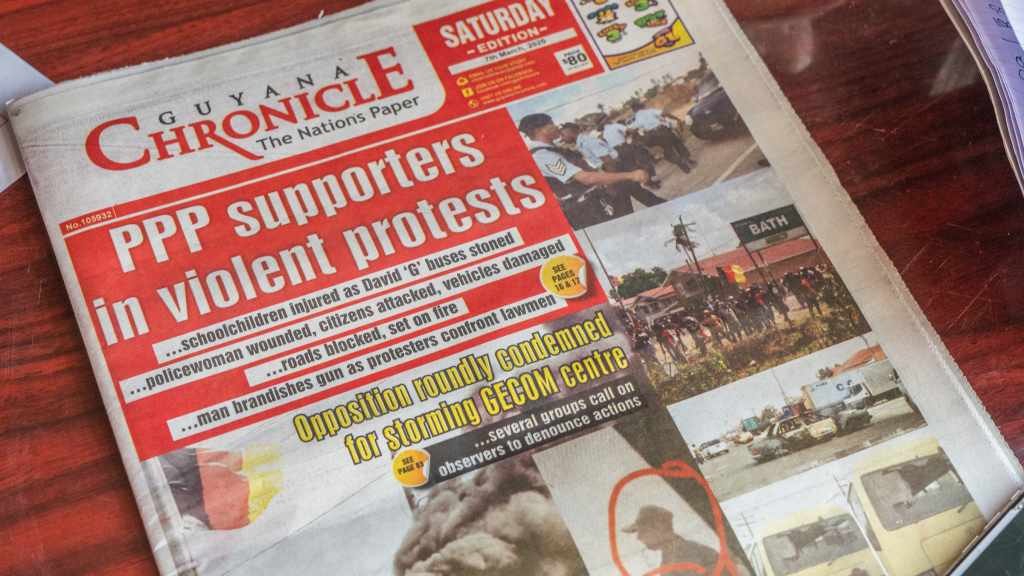
So we decide to begin the day with interviewing Melinda and are curious about the house. And in fact it’s very beautiful, surrounded by shady trees and lots of greenery. She is also taking care of a donkey with a head injury, three dogs and a few cats from the streets. Her house stands on stilts, is made entirely of wood and allows breezes to circulate throughout. This is a good place to be. But it’s very warm nevertheless.
The interview, with Dennis asking questions and Tom filming, lasts a good one and a half hours: “The rule of law is the first casualty of the ‘oil curse”, is one of Melinda’s very pointed statements.
Plastic everywhere
Early afternoon, we drive to the coast and walk along the garbage-covered sea wall again to collect film material. Melinda tells about former times, when this was a wonderful place for a walk and recreation. Today it’s appalling. Plastic waste blown in by the wind or washed up by the sea lies everywhere – water bottles, bags, refuse. We also learn that wastewater treatment is non-existent, everything goes into the sea. In other words, the water not only looks filthy because of the nutrient-rich sediment, it’s also contaminated. This doesn’t interest the one or two swimmers, neither do the highly poisonous Portuguese man o’war fire-jellyfish floating around.
Afterwards, we make a tour of the city, past the official buildings and a view of the old Transcontinental South America railway station ruins till we reach the historical Stabroek market. Luke buys a round of sugar cane juice, which I’m not really keen on.
